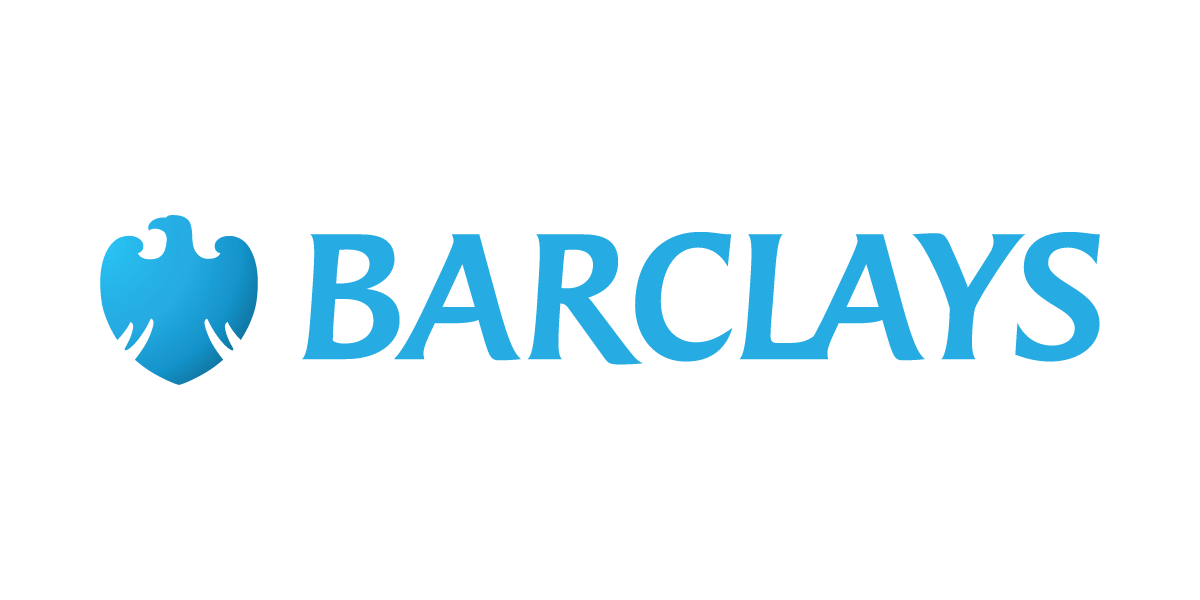Amid research showing that the ‘Bank Of Mum and Dad’ is doing a brisk business, it’s worth pointing out that in our experience, the number of first-time-buyer contractors utilising a limited company but requiring help from BOMAD is minimal, writes John Yerou, CEO of Freelancer Financials.
Contractors and the Bank Of Mum & Dad
Or at least, it’s minimal among contractors compared to their permie counterparts. Nearly all limited company contractors manage to save a minimum of 5-10% deposit without family help. The majority of PSC contractors who do get help from BOMAD are those who are trying to put down larger deposits — to get more favourable interest rates.
But how did we get here? How did we get to the Bank of Mum and Dad, potentially even propped up by the Bank of Auntie (‘BoA’), lending to those in need of a home loan? And why does it matter if you’re reading this as a limited company director who might need to open an account with BOMAD or even BoA?
Get in touch with UK Contractor Mortgages today to discuss your Buy to Let & Residential Mortgage requirements.
As safe as houses?
Well, following the 2007/2008 financial crises, the UK became home to tens of thousands of mortgage prisoners. These were homeowners who’d bought at the crest of the property market boom only to see it bust and shower them with shortcomings.
They thought, like many, that property investment was as safe as houses. But one global slump later, they found themselves in negative equity with outstanding mortgages greater than the value of their homes. To a lesser extent, there’s a real possibility of that happening again, post-covid. But that’s an aside to perhaps consider further down the line.
Mortgage prisoners removed many homes from the marketplace — their owners becoming stuck until house prices rose again. But even then, the sharp rise in the price of housing stock in the run-up to the crises made owning a home all but impossible for the younger generation or other first-time buyers.
Get in touch with us today to speak with the UK’s Best Contractor Mortgage Broker.
Extraneous factors fuelling the fire
Running alongside this phenomenon was rising EU immigration and successive governments failing to meet affordable housing targets. Tag on post-bust ‘Responsible Lending,’ which introduced stricter lending criteria, and the restrictions imposed on young borrowers formed a formidable, often unsurmountable barrier.
That interest rates plummeted to historical lows and Stamp Duty holidays became de rigeur didn’t matter. If you couldn’t afford the deposit — and at one point, you couldn’t get a mortgage with less than 15% — the first rung on the property ladder was out of reach.
Even if by some chance, young individuals and couples managed to find a home, afford and save a deposit, it was only the first stepping stone across a raging river. But such is the Brit way of life, from this adversity a solution came to prominence — the Bank of Mom and Dad (BOMAD).
Are you a limited company director needing a loan from BOMAD?
Since the pandemic, lending criteria have become protracted, for everyone, not just the self-employed.
One area that lenders’ mortgage advisers seem more interested in than ever is where a potential borrower found their deposit. These advisers on behalf of the lenders ask us, so we in turn have to ask our clients!
Now, we don’t just deal with contractors. We secure mortgages for all — sole traders, freelancers and even employed people referred to us by their contractor friends. And this is where we see a sharp difference in BOMAD borrowers.
Yes, we deal with contractors earning £50,000 a year. But they’re somewhat the exception. Many of our contractor clients earn upwards of £300/day. To get a mortgage with Halifax (unless they’re an IT contractor), they have to earn at least in excess of £75,000 a year.
This puts contractors in, typically, a higher income bracket than many other young people, even than permies who do the same job. This means they can save a lot harder, especially if they’re working through their own limited company (or Personal Services Company). Thus, contractors’ reliance on BOMAD is greatly reduced compared to the national average first-time buyer.
Get in touch with us today to speak with a specialist Contractor Mortgage Advisor.
Almost half of other first-time buyers use the Bank Of Mum & Dad
That contractors are more likely to go it alone bears out in our figures, too. Only around 5-10% of higher-end contractors lean on relatives for help with a deposit. In contrast, getting on for 20% of permies or sole traders/freelancers get help from their families to buy a home.
Across the industry, it’s expected that almost half a million borrowers will have borrowed from BOMAD in the three years up to 2024 — almost half of all first-time buyer activity. So a total of (roughly) £25billion families will have forked out to help their offspring move out.
Why BOMAD matters (answer: the lenders are interested in the source of your deposit)
One reason lenders ask where the deposit has come from is to help determine the applicant’s mortgage affordability.
If the money is a gift from parents, either from their savings or they’ve released equity to donate to their offspring’s cause, all well and good. But if that money has to be repaid, it’s as well to understand that the buyer can afford to repay both the mortgage and the BOMAD loan from the outset.
Banks need to know this in order to make an informed decision. But it’s a good exercise for the benevolent parents as well. The last thing anyone wants is rifts in the family due to money issues, especially where siblings may feel the impact of one of them welching on repaying back into the inheritance pot.
BOMAD stigma in the banking industry
With so much transactional cash involved, we understand why the financial authorities want to keep tabs on such activity. And that’s part of the reason, I guess, why people only mutter that they’ve borrowed from relatives rather than proclaim it.
It’s this stigmatism that large sections of the industry want to see eradicated. And, due to the current economic forecast, it may well become the norm that first-time buyers are expected to get help from relatives. And the more open we can be about the often-taboo subject of money the better off we’ll all be.
By John Yerou
Source: Contractor UK






